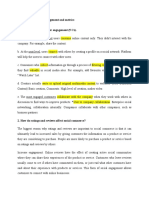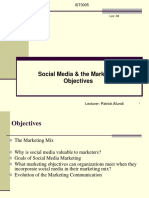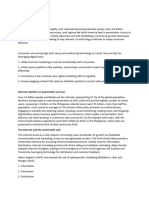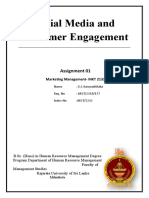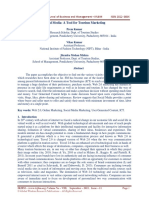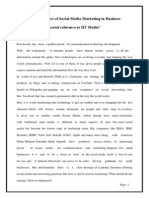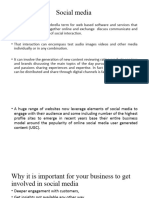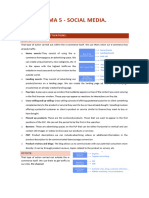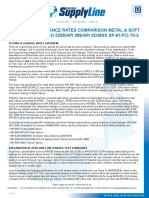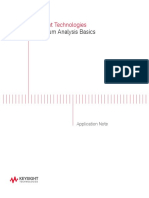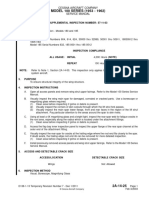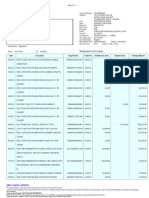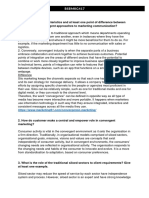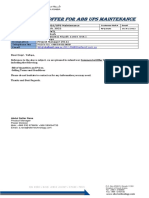0% found this document useful (0 votes)
25 views41 pagesWeek 10 - Promotion Part 2
Chapter 14 of E-Marketing discusses earned media and user engagement, outlining five levels of user engagement and their implications for marketing. It emphasizes the importance of trust in earned media, techniques for engaging users, and the role of reputation management in online environments. Additionally, the chapter highlights performance metrics for measuring earned media effectiveness.
Uploaded by
g6phvf9qpdCopyright
© © All Rights Reserved
We take content rights seriously. If you suspect this is your content, claim it here.
Available Formats
Download as PDF, TXT or read online on Scribd
0% found this document useful (0 votes)
25 views41 pagesWeek 10 - Promotion Part 2
Chapter 14 of E-Marketing discusses earned media and user engagement, outlining five levels of user engagement and their implications for marketing. It emphasizes the importance of trust in earned media, techniques for engaging users, and the role of reputation management in online environments. Additionally, the chapter highlights performance metrics for measuring earned media effectiveness.
Uploaded by
g6phvf9qpdCopyright
© © All Rights Reserved
We take content rights seriously. If you suspect this is your content, claim it here.
Available Formats
Download as PDF, TXT or read online on Scribd
/ 41




